- Room 1807, Unit 9, Building 2, Shangxing Commercial Street, Shangde Road, Shangxing Community, Xinqiao Subdistrict, Bao'an District, Shenzhen City, China



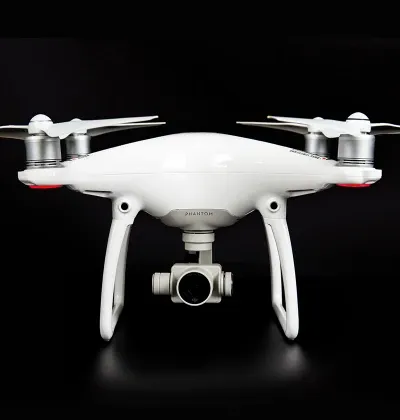
Aerospace & UAV
WJ Prototypes is your 3D manufacturing partner from prototype to large scale production.
Consumer Electronics
New Product Introduction Solutions for Consumer Electronics.

Robotics & Automation
Need some assistance bringing your robotic device or parts from the sketch-board to reality?
Medical Devices
The medical industry needs high quality, dependable and safe parts and products.
Automotive
New Product Introduction Solutions for Automotive
Industrial Machinery
The main purpose of industrial prototyping is to take the product from drawings into the real world.
A process similar to injection molding, pressure die casting is a metal casting process in which molten metal is forced into a mold cavity to create metal parts. At WJ Prototypes, we use certified machines and pressure casting dies to form your designs from molten metal — typically zinc, copper, aluminum, magnesium, lead, pewter or other tin-based alloys. Our pressure die casting process is effective and very reliable, and can result in significant cost savings. Because of our flexibility, we can accommodate any project needs you may have – from small batches of 50 to as many as 1,000 pieces.
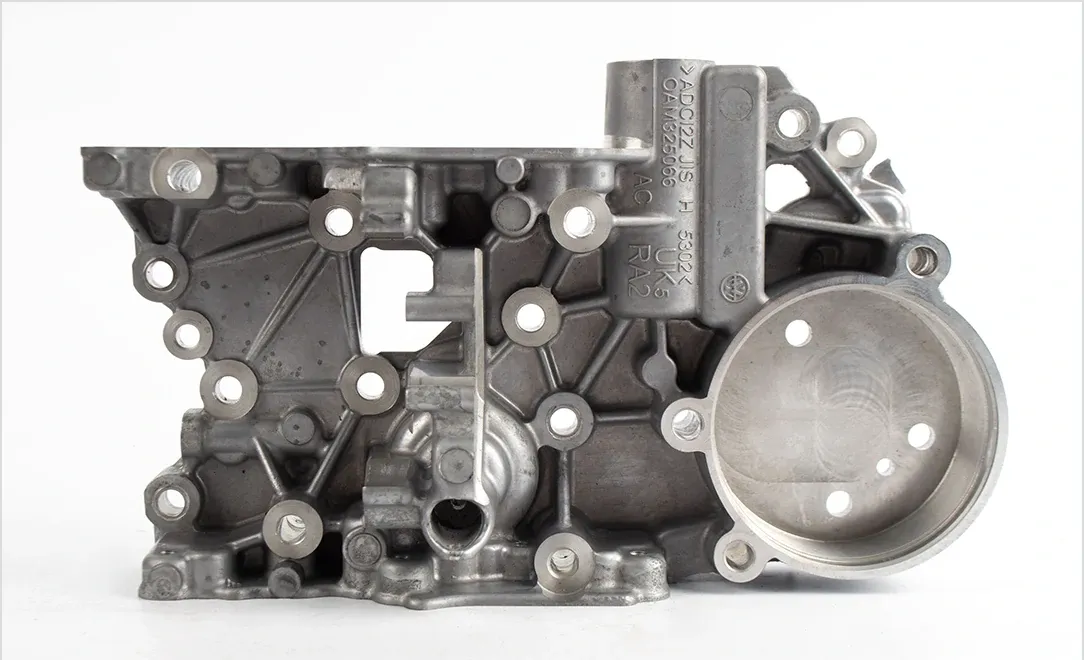
Hot-chamber die casting is a metal casting process specifically designed for low-melting-point alloys like zinc, tin, lead, and magnesium. This process is the most common and faster method than cold-chamber die casting. In this method, the metal is melted within the casting machine, in a furnace connected to the machine. A hydraulic system injects molten metal into the die under high pressure. This process is efficient for producing intricate shapes with high-quality materials that have lower melting points. Still, it is not suitable for alloys with higher melting points due to the risk of damaging the pump that injects the molten metal.
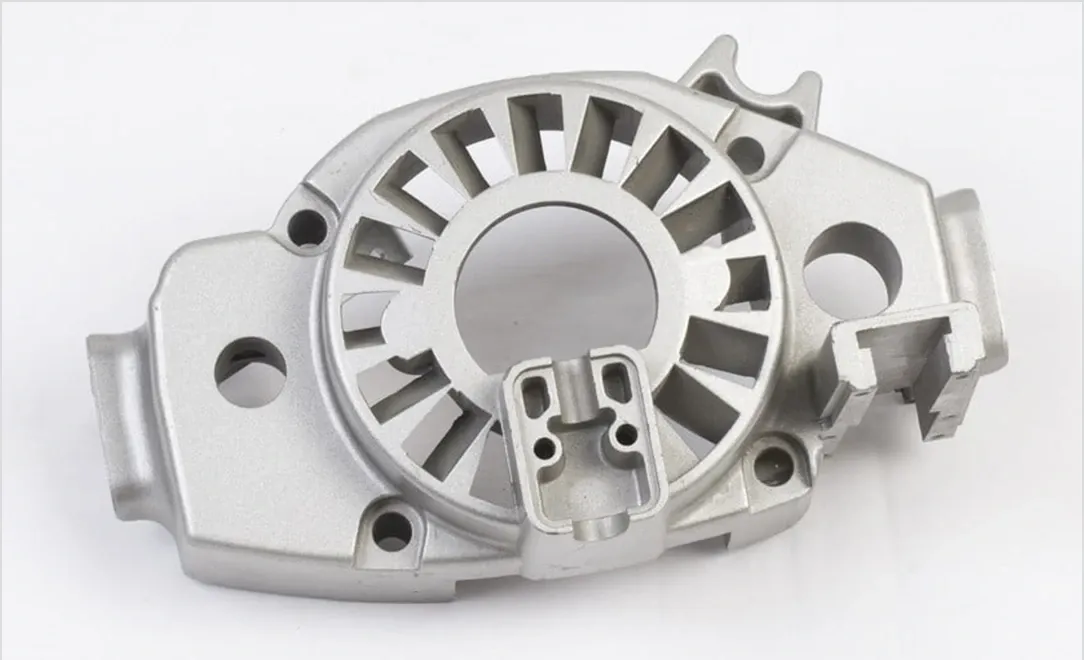
Cold-chamber die casting involves introducing molten metal at room temperature into a separate shot chamber using a ladle or pouring method. The shot chamber contains a ram that vertically forces the molten metal into a steel mold (die) with movable and fixed sections. The ram applies pressure ranging from 2,000 to 20,000 PSI to propel the molten metal into the die. The pressure is maintained until the metal cools and solidifies, after which the finished product is ejected from the die.
Fast cycle times.
Is suitable for producing complex parts.
Produces parts with high dimensional accuracy.
Produces parts with a smooth surface finish, which lessens the need for post-processing. Offers repeatable, accurate results with efficient production.
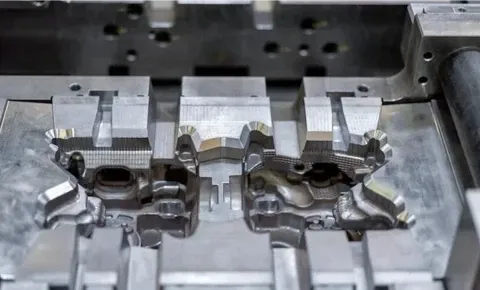
The cost of equipment and dies can be very expensive.
Is typically unsuitable for ferrous metals or metals with a high melting point.
Designing and tooling new dies is a complex process that can take long before a production run starts.
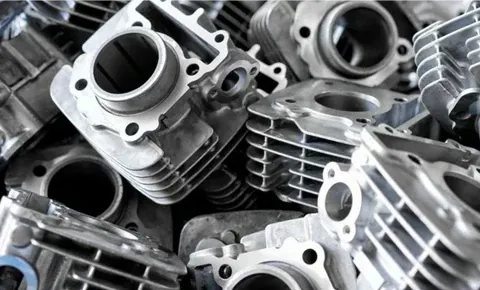
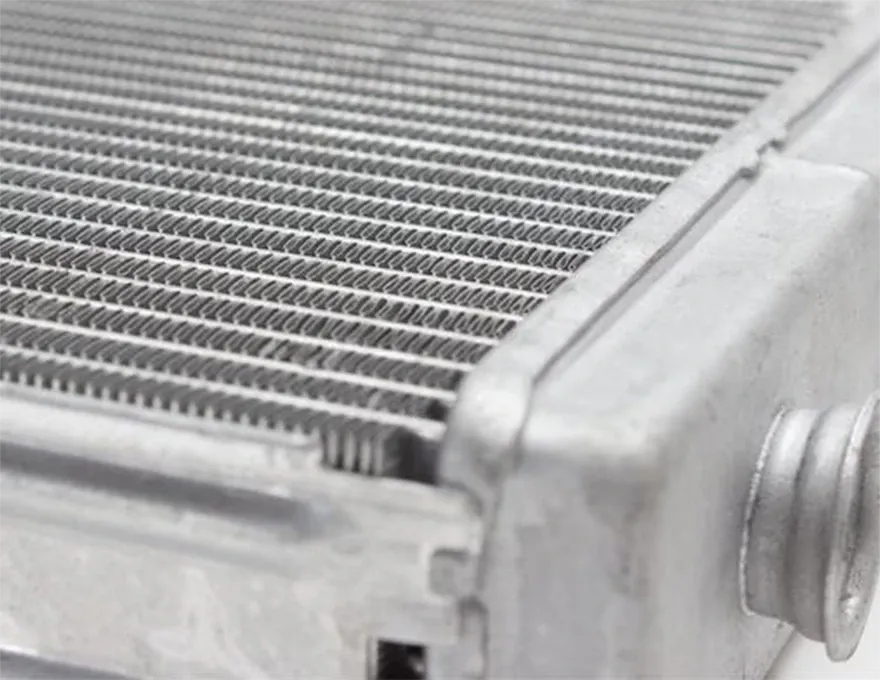
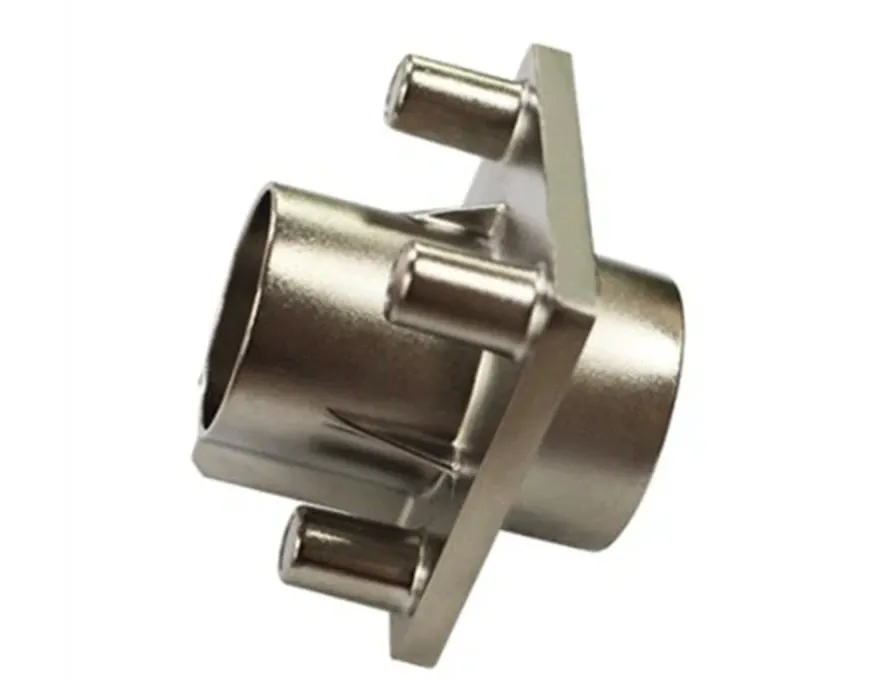
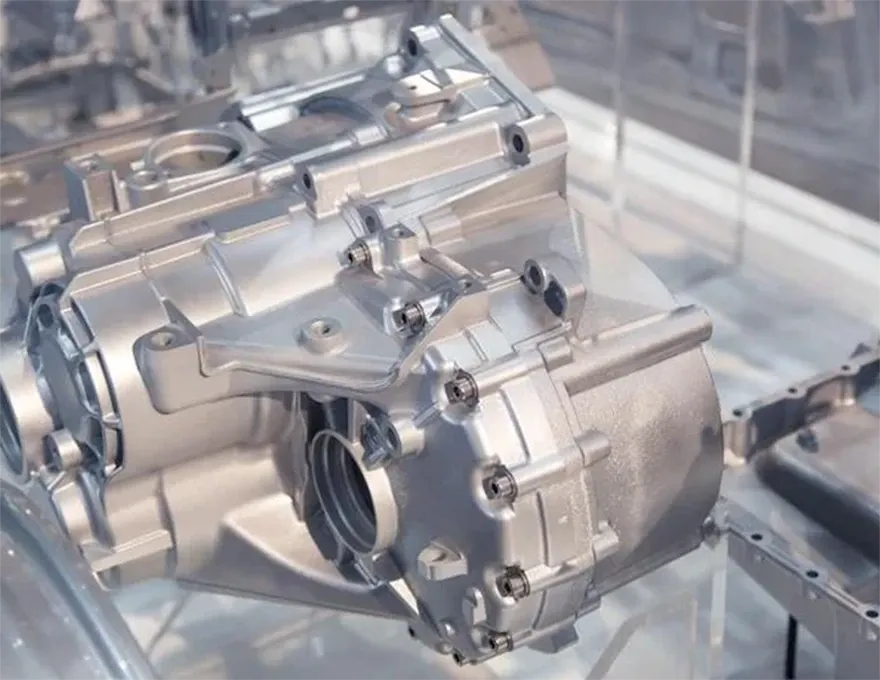
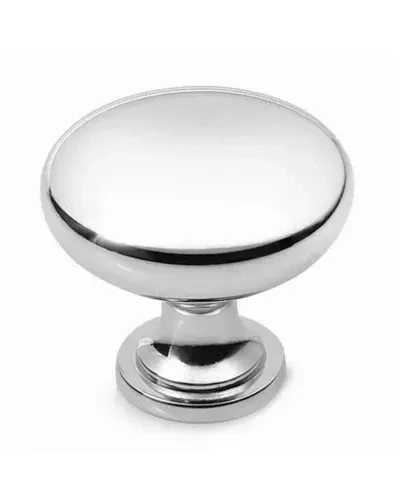
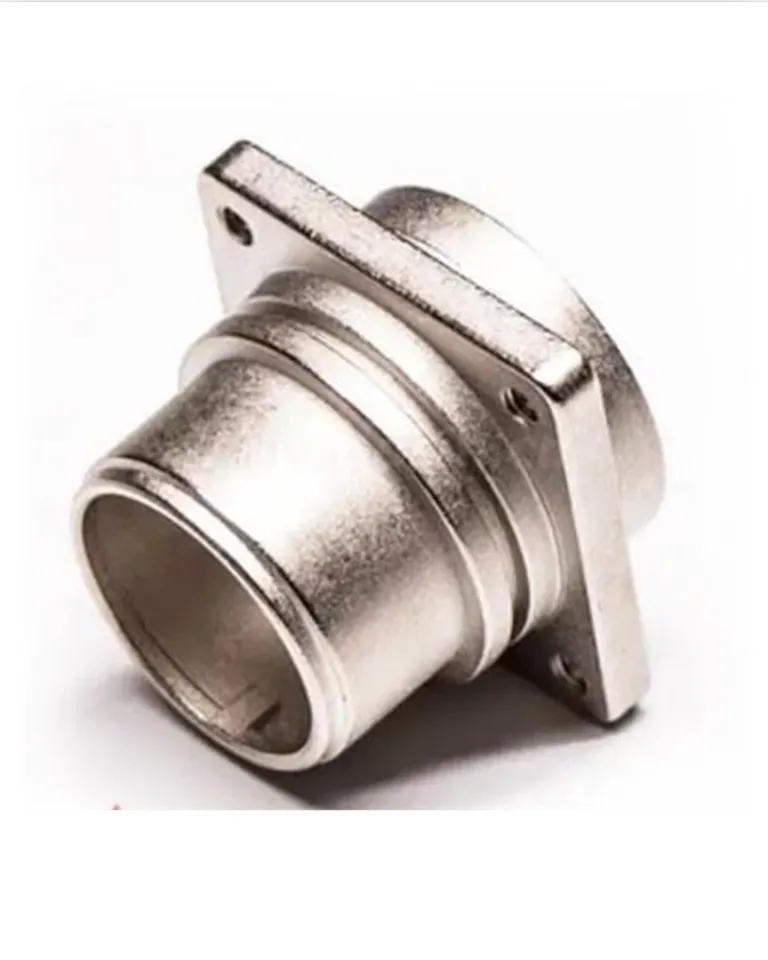
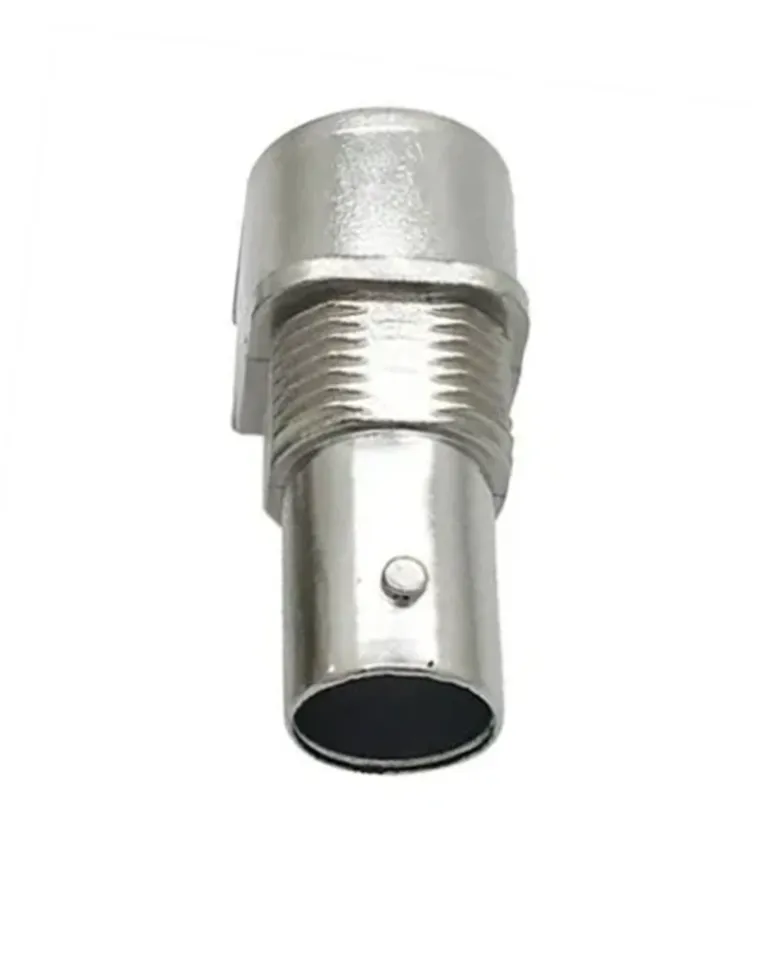
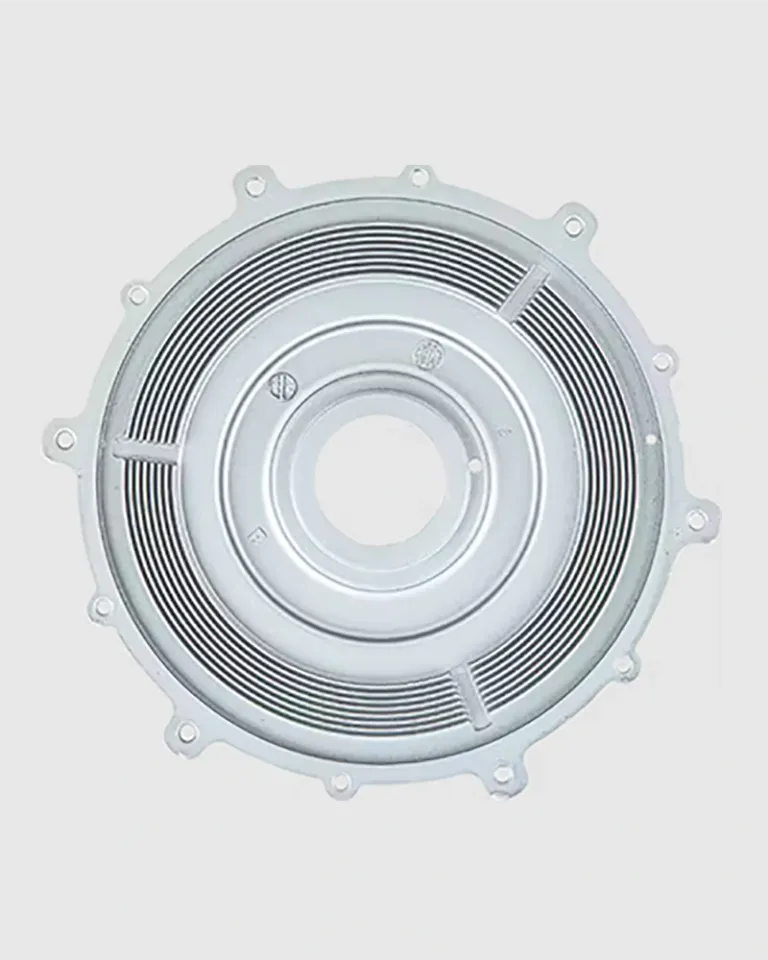
Surface finishes can serve either a functional or aesthetic purpose. Surface finishes that serve both purposes are deemed cosmetic finishes, and are used for cosmetic parts. Producing cosmetic parts requires additional measures to minimize defects such as hang marks and scratches from tools.
Clear Coat
Clear cosmetic finish that can be applied to ABS-Like Translucent/Clear (WaterShed XC 11122) and PC-Like Translucent/Clear (Accura 60) materials.
Painting
After smoothing the part with sanding and polishing, parts can be painted with automotive-grade paint. Provide a pantone color with your quote request. We also offer soft-touch painting.
Plating
Electroless nickel plating can be used to achieve parts that are similar to cast aluminum or magnesium.
Dyeing
Dyeing is another method for adding color to 3D prints. This is faster option with a limited color selection, so is a more cost-effective choice than painting.
Decaling
Decaling can be used to add a logo or other graphics to boost cosmetics or function.
Polishing
We can polish parts to a mirror-like finish. If this is a requirement, we ask that you provide either a drawing or image that indicates your finish expectations.
Heat Treatment
Harden and strengthen metal 3D prints with multiple heat treatment options: NADCAP heat treatment, hot isostatic pressing (HIP), solution annealing, and aging.
01
Get An Instant Quote
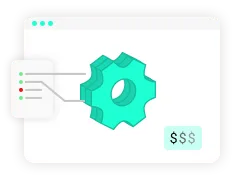
02
Confirm Specifications

03
Manufacturing Begins

04
Parts Are Shipped


Dorothy
Buyer at Leading Energy company





WJ Prototypes is Great!
“We’re glad we recently added WJ Prototypes to our AVL. You guys are always quick and friendly and all the Machining jobs we have sent have gone smoothly!”
Thomas
Engineer at Robotics Company





Our No.1 source for CNC parts
“We had a time sensitive Sheet Metal enclosure with fairly strict cosmetic requirements. WJ Prototypes came through for us and the parts looked great. The full build turned some heads at our Trade Show!”
Marc
Buyer at Electric Car Company





Great prices, lead times, and quality of work
“You guys are one of the easiest job shops I’ve worked with the last 10 years. You are responsive and competitive. We’ve appreciated the awesome work!”